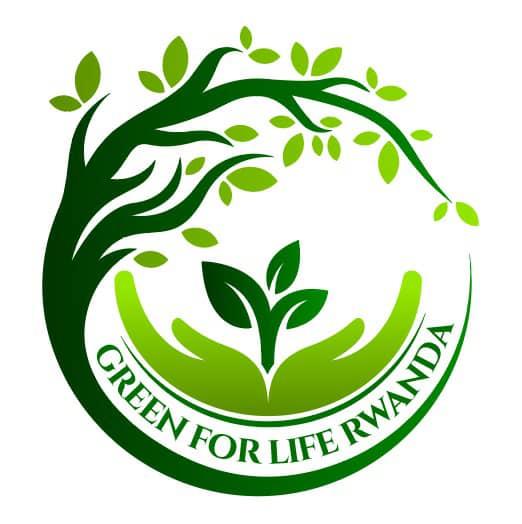Climate Change

In Rwanda, 90 percent of the population depends on the land for survival and prosperity. The country is comprised of five ecosystems: cropland and natural vegetation (47 percent); scrublands, savanna, and grasslands (32 percent); forests (12 percent); wetlands and water; bodies (8 percent) and sparse or barren vegetation (1 percent). The services and products supported by ecosystems are critical for the health and economic well-being of communities, as well as for the greater economy of Rwanda.
These ecosystems are highly exposed and sensitive to climate variability, and climate change may increase the future degree of exposure and sensitivity of these ecosystems. Potential impacts include changes in species composition and shifts in ranges, which may have implications for Rwanda’s network of protected areas and the ecosystem services they provide to local communities. A wide range of non-climate stressors, such as erosion, invasive species, population growth, and overexploitation and poaching of natural resources, also affects these ecosystems, and may be exacerbated by climate change. Furthermore, demographic pressures on ecosystems exacerbate climate change stresses by, for example, accelerating overuse of natural resources as other resources diminish, which in turn can increase habitat degradation and decrease biodiversity and species abundance.
Severe weather events, particularly droughts, have historically imposed heavy costs in Rwanda. The projected impacts of climate change may increase the frequency and compound the ramifications of these events, potentially undermining food security, health, and economic growth. In recognition of this fact, the Government of Rwanda and the donor community have initiated activities to determine vulnerability and adaptation priorities. However, a number of adaptation needs remain, including mainstreaming adaptation into the country’s long-term development framework, vulnerability assessments for critical sectors, and development of a national climate change strategy that clearly identifies priority sector and ecosystem vulnerabilities and means for addressing them. Accomplishing these challenges requires overcoming and addressing existing barriers regarding data availability and accessibility, as well as the limited capacity to conduct meteorological and hydrological analysis and forecasting.

Green for life Rwanda will continue to work with Different Government institutions to promote Rwanda to be a nation that has a clean and healthy environment, resilient to climate variability and change that supports a high quality of life for its society.




